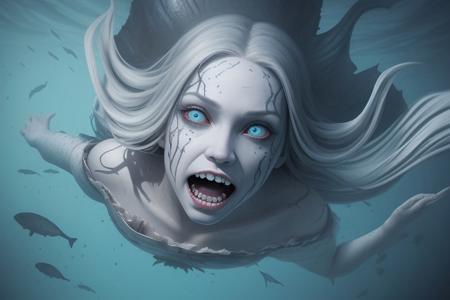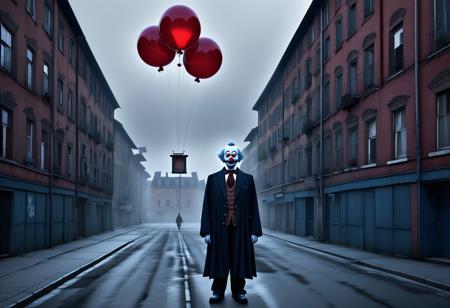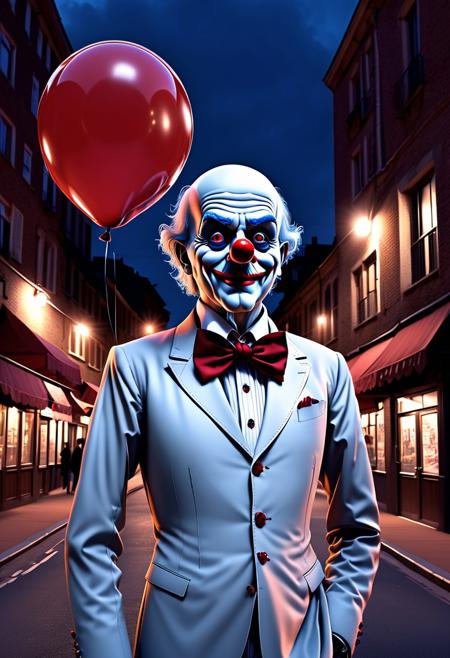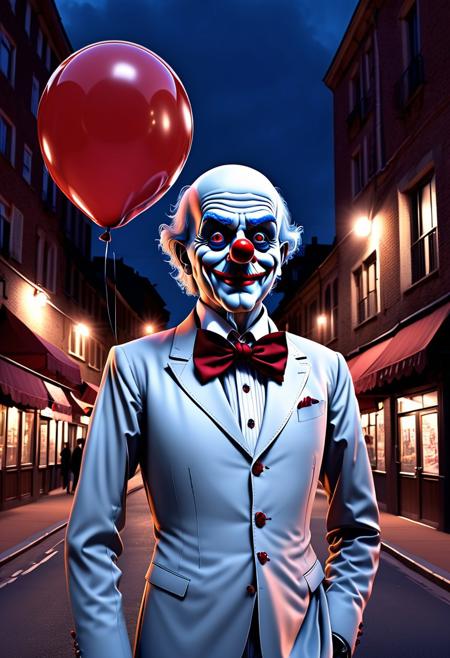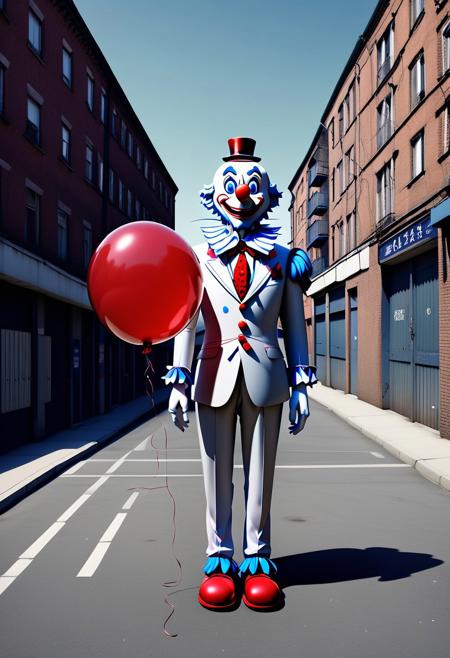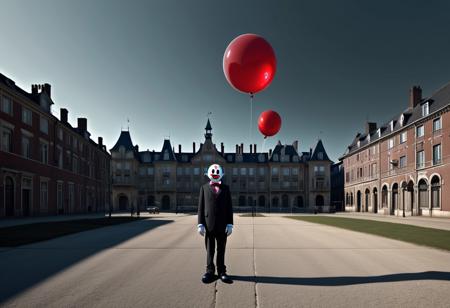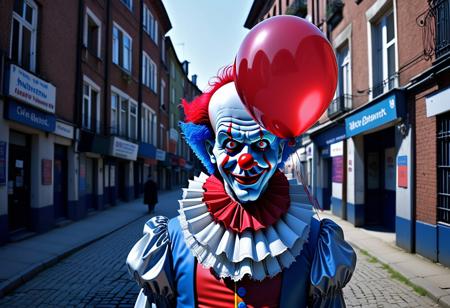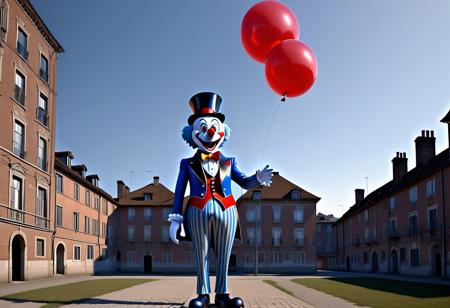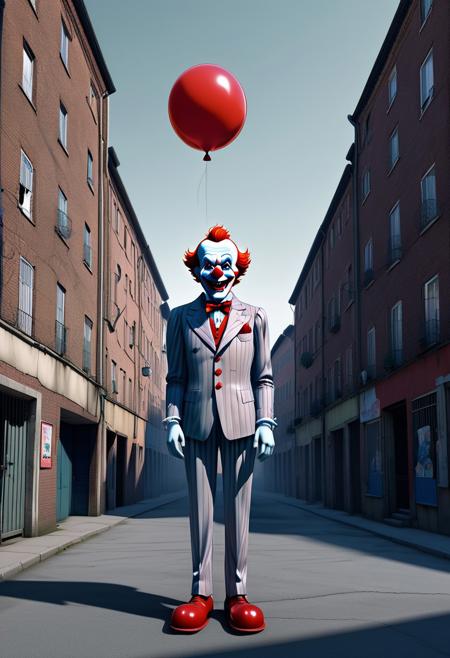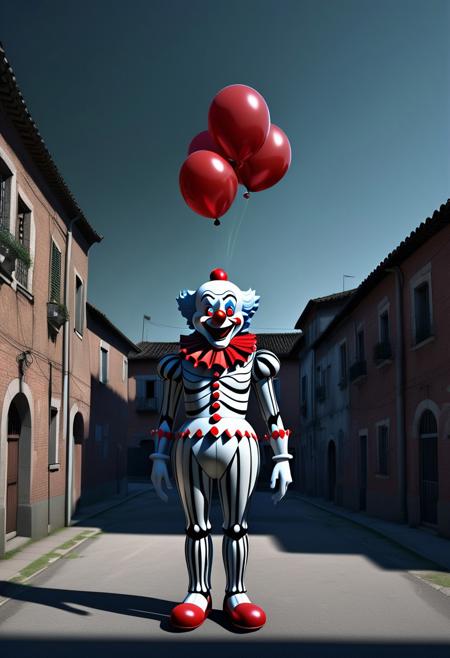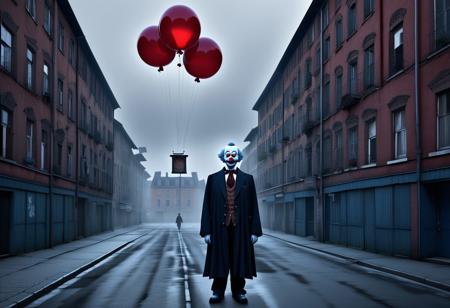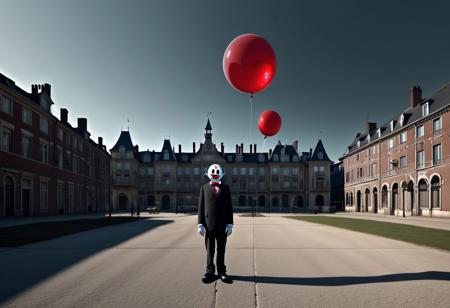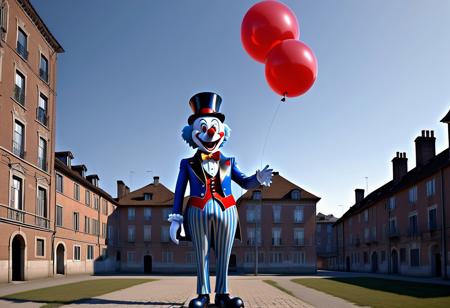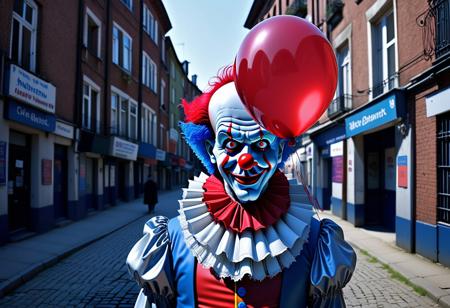null save for their wide
- v2.1 Turbo DPM++ SDE - dreamshaperXL_v21TurboDPMSDE.safetensors
- Lightning DPM++ SDE - dreamshaperXL_lightningDPMSDE.safetensors
- SFW v2 Turbo DPM++ SDE - dreamshaperXL_sfwV2TurboDPMSDE.safetensors
- SFW Lightning DPM++ SDE - dreamshaperXL_sfwLightningDPMSDE.safetensors
- v2 Turbo DPM++ SDE - dreamshaperXL_v2TurboDPMSDE.safetensors
- Turbo DPM++ SDE - dreamshaperXL_turboDPMSDE.safetensors
- SFW Turbo DPM++ SDE - dreamshaperXL_sfwTurboDPMSDE.safetensors
- alpha2 (xl1.0) - dreamshaperXL_alpha2Xl10.safetensors
- alpha1 (xl0.9) - dreamshaperXL_alpha1Xl09.safetensors
DreamShaper XL
- 8 - dreamshaper_8.safetensors
- 8 LCM - dreamshaper_8LCM.safetensors
- 8-inpainting - dreamshaper_8Inpainting.safetensors
- 8-diffusers - dreamshaper_8Diffusers.zip
- 7 - dreamshaper_7.safetensors
- 7-inpainting - dreamshaper_7-inpainting.safetensors
- 7-diffusers - dreamshaper_7Diffusers_trainingData.zip
- 6.31 baked vae - dreamshaper_631BakedVae.safetensors
- 6.31-inpainting - dreamshaper_631Inpainting.safetensors
- 6.31 diffusers - dreamshaper_631Diffusers_trainingData.zip
- 6 baked vae - dreamshaper_6BakedVae.safetensors
- 6.2 baked vae - dreamshaper_62BakedVae.safetensors
- 6-inpainting - dreamshaper_6Inpainting.safetensors
- 6 no vae - dreamshaper_6NoVae.safetensors
- 6 diffusers - dreamshaper_6Diffusers_trainingData.zip
- 5 baked vae - dreamshaper_5BakedVae.ckpt
- 5 pruned (no vae) - train - dreamshaper_5PrunedNoVaeTrain.ckpt
- 5-inpainting - dreamshaper_5-inpainting.safetensors
- 5 baked vae diffusers - dreamshaper_5BakedVaeDiffusers_trainingData.zip
- 4 baked vae - dreamshaper_4BakedVae.safetensors
- 4-inpainting - dreamshaper_4-inpainting.safetensors
- 4 baked vae fp16 - dreamshaper_4BakedVaeFp16.safetensors
- 4 no vae - dreamshaper_4NoVae.safetensors
- 4 no vae fp16 - dreamshaper_4NoVaeFp16.ckpt
- 3.32 baked vae (clip fix) - dreamshaper_332BakedVaeClipFix.ckpt
- 3.31 baked vae - dreamshaper_331BakedVae.ckpt
- 3.31-inpainting - dreamshaper_331-inpainting.safetensors
- 3.3 - dreamshaper_33.ckpt
- 2.52 (safetensors fixed) - dreamshaper_252SafetensorsFixed.ckpt
- 2.52 (pruned) - dreamshaper_252Pruned.ckpt
- 2.52 (initial release) - dreamshaper_252InitialRelease.ckpt
